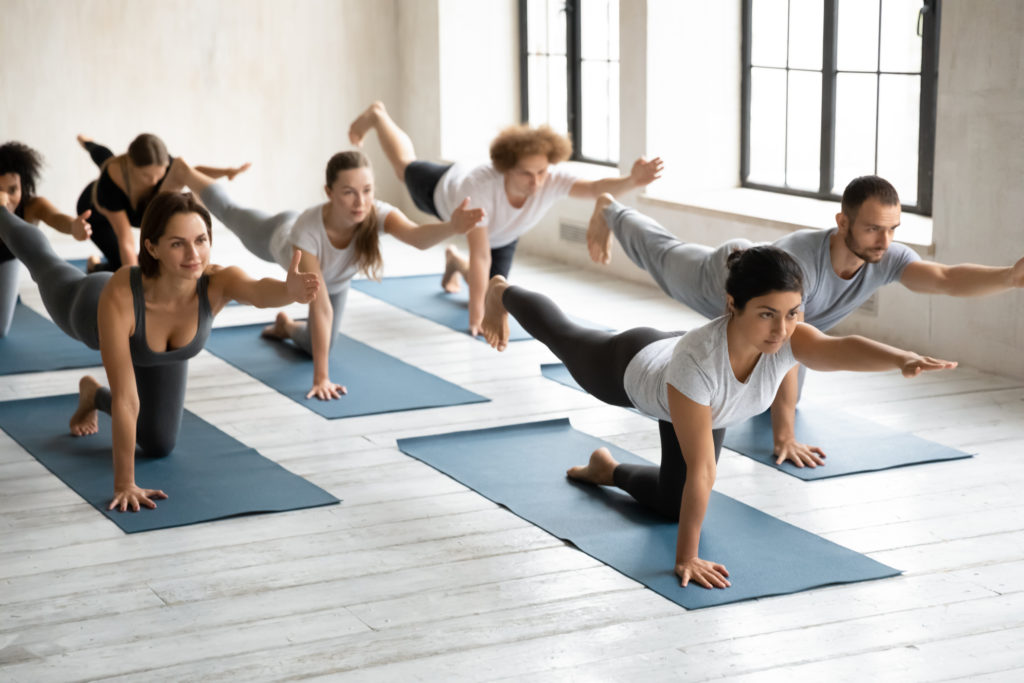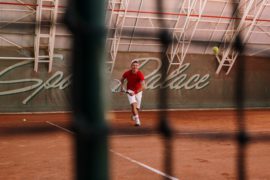Pilates and Yoga are two disciplines having overlaps between them. That is why people often confuse them and ask which one is superior to the other. Put simply, Yoga and Pilates cover a wide range of movements so it would be unfair to place one over another.
It is quite subjective like they say one man’s warm-up in another man’s cardio. Rest assured, just like there is a yoga routine for everyone, there is a Pilates routine too. It is just a matter of customizing your workout in a way that suits your needs.
Both movement systems focus on optimum breath work, especially diaphragmatic breathing. While both exercises aim at stretching, strengthening, and toning your muscles, Yoga and Pilates can be thought of as sister disciplines and not twins.
Outlined below are key differences between the two:
● Origins:
If we were to address the origins of these disciplines, Yoga originated 5000 years ago in ancient India while Pilates in contrast is a fairly new fitness modality with its origins dating back to the 1900s. Contrology is another name for Pilates and it was introduced by an anatomist, Joseph Pilates for the purpose of rehabilitation.
The major point of divergence between the two is that Yoga is more of a static stretching modality that involves holding the postures for a brief duration to strengthen a particular muscle group. It has various poses or asanas.
Pilates on the other end is a dynamic stretching modality that uses controlled movements to stretch muscles. It sequentially goes through repetitions of exercises without holding a particular posture.
● Asanas vs Exercise
Yoga is a holistic discipline that focuses on uniting all the components; body, mind, and spirit. It was introduced as a means to awaken spiritually by integrating elements of philosophy, meditation, science, etc.
It was a way for people to bring themselves closer to the universal consciousness or to attain Moksha. Consequently, Yoga addresses the spiritual element more explicitly than Pilates by incorporating meditation, chants, and mantras.
Pilates is primarily a physical movement system where one works to enhance their flexibility, strength, and posture with a special focus on one’s core. According to Radhika Karle, celebrity nutritionist, and trainer: “The core is the powerhouse of your body so the stronger your core, the stronger your entire body”.
● Equipment:
Another key difference between the two would be the use of equipment. While yoga uses minimal props, Pilates is quite heavy on equipment. You have the Cadillac, Pedi-pole, Ladder barrel, Pilates chair, Pilates reformer, tower, and many others. If you are someone who does not have the time to join a fitness studio, Yoga could be your preferred workout.
Since Pilates requires equipment, it is better practiced in a fitness studio under an instructor’s guidance. But, there exist mat Pilates exercises that do not need any equipment, so be at ease to try them at home.
● Difference in Mats:
Attention needs to be brought to the contrast between mats used in Yoga and the ones used in Pilates. Yoga mats tend to be thinner and non-slip because it involves holding poses for a considerable length of time. You would not want your mat slipping out from under you while you are in the middle of an asana.
Pilates mats are thicker because you need to roll through body positions quickly, the extra thickness helps you brace your spine.
● Weight Loss
If you are aiming to lose weight, it would be helpful for you to pick Pilates. While yoga too is an excellent way to shed those extra kilos, Pilates when done with special equipment will aid your calorie burn more efficiently. Moreover, Pilates exercises are more intense so you may be able to see results more quickly.
● Principles:
The six guiding principles of Pilates are concentration, control, center, flow, precision, and breathing. As it’s principles are based on rehabilitation, it is no surprise that it is better suited for people who are returning to the studios right after recovering from some injury.
Advanced yoga poses can be extreme so you have to be in an optimal shape to practice them or you will end up triggering any issues like back pain etc. So, gravitate towards Pilates if you’ve recently been hurt.
The principles of Yoga are proper exercise (asanas), proper breathing (pranayama), proper relaxation (savasana), proper diet and nutrition, and positive thinking and meditation. A yoga class will leave you with a peaceful aura. Hence it may take some time for you to simmer down from a Nirvana-like state and ease back into the day.
Whereas at the end of a Pilates session you will feel energized and uplifted; ready to take on the day with invigorating fervour.
unlu tip:
Pilates will give you that energy boost and will smoothly carry you into the rest of your day. So reserve your mornings for it. While Yoga is perfect for unwinding after an exhausting day so practice it in the evenings. Again, these are not rules set in stone. Feel free to personalize them.
Does Pilates interest you? Do you want to take it up but there is no Pilates studio near you? Or you want to lose some weight fast but do not have the time to join a class? We have got you covered. Join celebrity trainer Radhika Karle’s unluclass where she teaches the fundamentals and the correct way of doing the exercises.
Join Radhika Karle’s online pilates class now!





